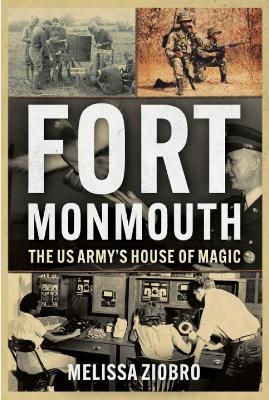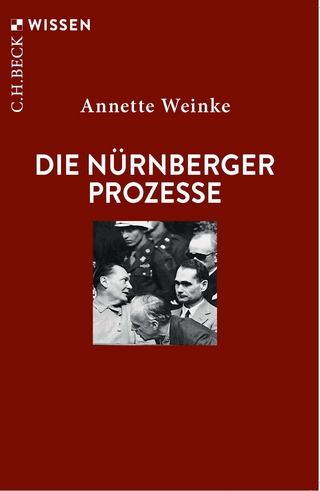The history of Fort Monmouth, New Jersey, begins in May 1917 when, as part of its wartime mobilization, the Army authorized four training camps for signal troops. One camp, located in central NJ, would eventually be known as “Fort Monmouth,” in honor of the soldiers of the American Revolution who fought and died at the nearby battle of Monmouth.This camp was located on the site of an old racetrack and luxury hotel, remnants of the famed Gilded Age at the Jersey Shore. Though much of the site was overgrown and infested with poison ivy, it afforded the Army significant advantages: proximity to the port of Hoboken and a train station, good stone roads, and access to water. Corporal Carl L. Whitehurst was among the first men to arrive at Camp Little Silver. He later recalled that the site appeared to be a “jungle of weeds, poison ivy, briars, and underbrush.” The Army Signal Corps carved a camp out of that wilderness, and trained thousands of men for war there. The Signal Corps also built laboratories that worked on pioneering technologies, like air to ground radio, from their very inception. Though the base was supposed to be temporary, it wound up outliving the war. It was for decades known as the “Home of the Signal Corps,” and, until its closure in 2011, was still innovating some of the most significant communications and electronics advances in military history.The US Army Communications-Electronics Command (CECOM), which left Fort Monmouth in 2011, for Aberdeen Proving Ground, Maryland, can trace its roots to the establishment of the Signal Corps training camp and research and development laboratory at Fort Monmouth in 1917, and Netflix, the site’s next owner, has a powerful legacy to live up to. From celebrity homing pigeons to the radars that detected the incoming Japanese planes at Pearl Harbor to early space communications and night vision technologies, Fort Monmouth, once called the “Army’s House of Magic,” was the birthplace of innovation and technological revolution and the home of a uniquely diverse group of military and civilian heroes and scientists.
Melissa Ziobro is the Director of Public History at Monmouth University in West Long Branch, NJ. She also serves as the Curator of the campus’s Bruce Springsteen Archives and Center for American Music. She was the last Command Historian at Fort Monmouth prior to the base’s closure in 2011.
1. The Racetrack Paves the Way
2. “A Big Farm for Soldiers”: The Great War Comes to Central New Jersey
3 The Inter War Years: Radar and Other Research and Development Revelations
4. “Should They Fail, Expect Plenty of Hell”: Training and Equipment Critical to Winning “The Good War”
5. “Where the Army Signal Corps Thinks Out Some of the Nation’s Crucial Defenses”: Cold War Battleground
6. “The Black Brain Center of the United States”: Breaking Barriers at Fort Monmouth
7. “The Eyes, Ears, and Voice of the Fighting Man”: The Vietnam War
8. “We Were Able to Control our Force Much Better than the Enemy Controlled His”: Operations Desert Shield and Desert Storm
9. “It Has Definitely Left Some Lasting Marks that Aren’t Necessarily Easy to Get Over”
10. The Army Goes Rolling Along: Behind the Scenes of a Base Closure



